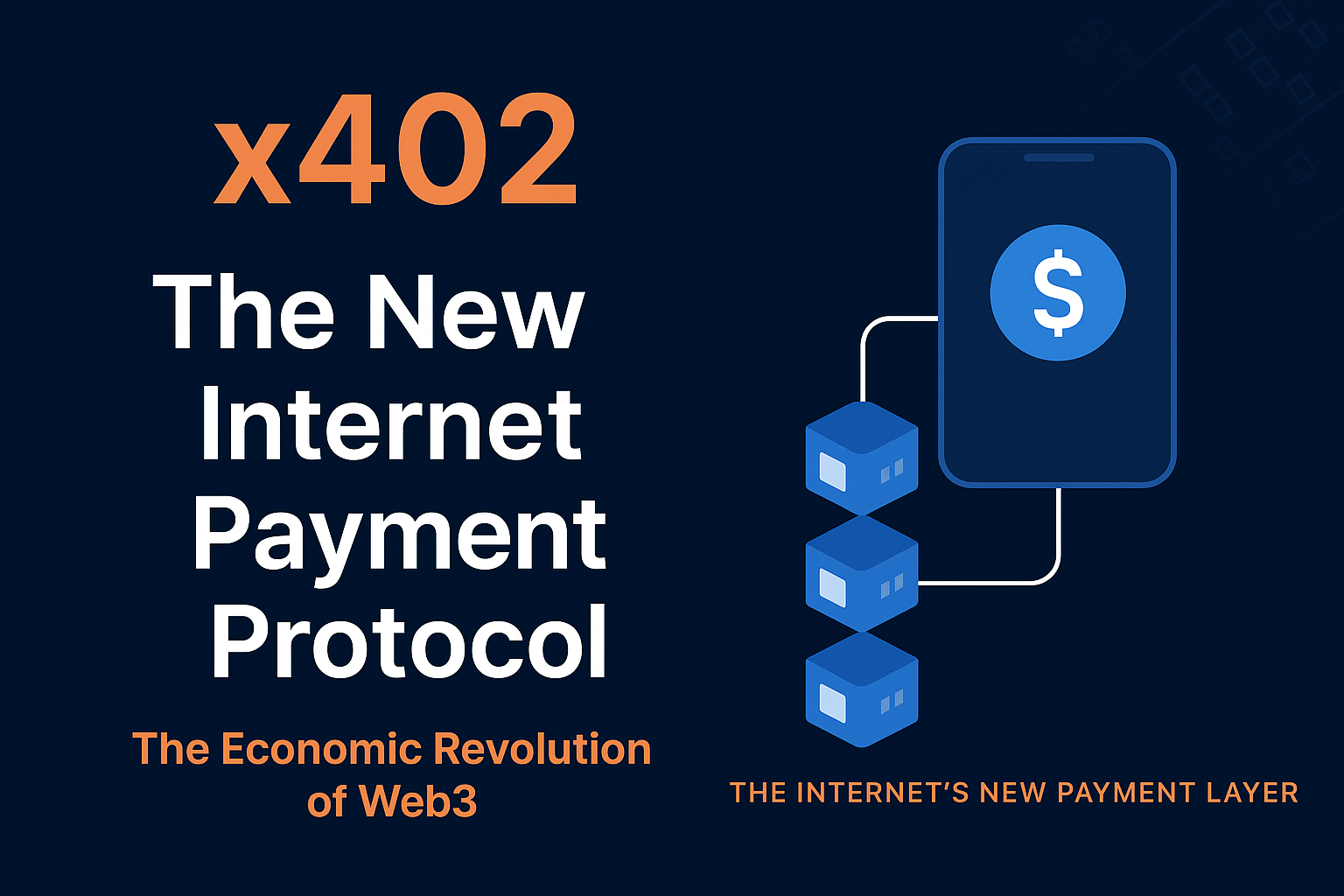Tether (USDT) is one of the most popular stablecoins in the cryptocurrency world, designed to provide stability and reduce volatility in digital transactions. It acts as a bridge between traditional currencies and cryptocurrencies, enabling fast and low-cost transfers.
In this guide, we will explain what Tether is, how it works, when it was created, and its use cases in detail.
1. What is Tether (USDT)?
Tether (USDT) is a stablecoin pegged to the value of 1 US Dollar (USD). Each USDT token is claimed to be backed by an equivalent amount of fiat currency or assets held in reserve by Tether Limited.
What is a Stablecoin?
Stablecoins are digital currencies designed to maintain a stable value by being pegged to traditional currencies (e.g., USD, EUR) or commodities like gold.
Purpose of Tether:
- To reduce the impact of price volatility in cryptocurrency markets.
- To provide a stable value for digital transactions.
- To enable fast, low-cost, cross-border payments.
2. When Was Tether (USDT) Created?
Tether was launched in October 2014 by Brock Pierce, Reeve Collins, and Craig Sellars.
Original Name: It was initially called Realcoin but was rebranded to Tether later in 2014.
Network Compatibility:
- First launched on the Bitcoin blockchain using the Omni Layer protocol.
- Later expanded to other blockchains such as Ethereum (ERC-20), Tron (TRC-20), and Binance Smart Chain (BEP-20) for wider accessibility and faster transactions.
3. How Does Tether (USDT) Work?
Tether operates as a blockchain-based token backed by real-world assets, providing stability and trust in digital transactions.
Working Mechanism:
- Reserve Backing:
- Tether Limited claims each USDT token is backed by 1 USD or equivalent assets, such as cash, bonds, or other investments.
- Stable Value Peg:
- Maintains a 1:1 ratio with the US Dollar.
- Users can redeem USDT for fiat currencies through supported platforms.
- Blockchain Integration:
- Tether is supported on multiple blockchains, enabling secure and transparent transactions.
- Smart Contracts:
- Transactions are executed through smart contracts for additional security and automation.
4. What is Tether (USDT) Used For?
- Hedging Against Volatility:
- Traders use USDT to avoid the price fluctuations of cryptocurrencies like Bitcoin and Ethereum.
- Fast and Low-Cost Transfers:
- Enables instant cross-border payments without relying on traditional banking systems.
- Liquidity Provider:
- Frequently used as a trading pair in crypto exchanges (e.g., BTC/USDT, ETH/USDT).
- Value Storage:
- Acts as a safe haven during market downturns.
- Collateral in DeFi Platforms:
- Used as collateral for lending, borrowing, and staking in decentralized finance applications.
5. Advantages of Tether (USDT)
- Price Stability:
- Pegged to USD, making it less volatile than other cryptocurrencies.
- Global Accessibility:
- Facilitates international transfers without geographical restrictions.
- Multi-Blockchain Support:
- Available on Ethereum, Tron, Binance Smart Chain, and other networks for flexible use.
- Low Fees:
- Cheaper than traditional wire transfers or bank payments.
- High Liquidity:
- Widely accepted across cryptocurrency exchanges, ensuring easy conversion and trading.
6. Use Cases of Tether (USDT)
- Crypto Trading:
- Used as a base currency for trading pairs in exchanges.
- Hedging Tool:
- Protects against price volatility by holding stable value during market fluctuations.
- Payments and Transfers:
- Enables fast and low-cost international money transfers.
- DeFi Applications:
- Functions as collateral in decentralized lending, borrowing, and staking platforms.
7. The Future of Tether (USDT)
Tether remains the most widely used stablecoin in the cryptocurrency market. Its adoption continues to grow, but regulatory challenges and transparency concerns may impact its future development.
Potential Improvements:
- Enhanced transparency regarding reserves and audits.
- Integration with more blockchains for scalability.
- Deeper integration into DeFi ecosystems for expanded use cases.







